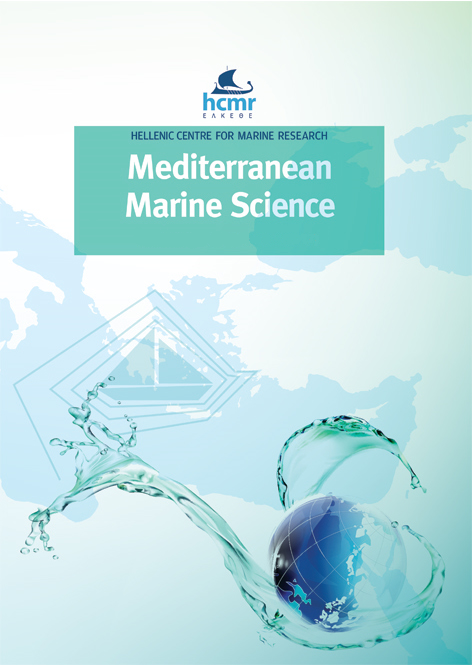Numerical and experimental studies of a multi-purpose floating TLP structure for combined wind and wave energy exploitation
Résumé
This paper summarizes the coupled hydro-aero-elastic analysis of a multi-purpose floating structure suitable for offshore wind and wave energy exploitation. The analysis incorporates properly the solutions of the diffraction and the pressure- and motion- dependent radiation problems around the floating structure and the aerodynamics of a 5 MW Wind Turbine (WT). Finite water depths are considered, the structure being floating under the action of regular surface waves. The platform encompasses three hydrodynamically interacting Oscillating Water Column (OWC) devices consisting of concentric vertical cylinders, moored through tensioned tethers in a TLP concept. Details concerning the numerical and experimental modelling of the system are presented and the numerical results are compared against experimental data.
Article Details
- Comment citer
-
MAZARAKOS, T., KONISPOLIATIS, D., KATSAOUNIS, G., POLYZOS, S., MANOLAS, D., VOUTSINAS, S., SOUKISSIAN, T., & MAVRAKOS, S. A. (2019). Numerical and experimental studies of a multi-purpose floating TLP structure for combined wind and wave energy exploitation. Mediterranean Marine Science, 20(4), 745–763. https://doi.org/10.12681/mms.19366
- Rubrique
- Special Issue MEDIAS
Authors who publish with this journal agree to the following terms:
- Authors retain copyright and grant the journal right of first publication with the work simultaneously licensed under a Creative Commons Attribution Non-Commercial License that allows others to share the work with an acknowledgement of the work's authorship and initial publication in this journal.
- Authors are able to enter into separate, additional contractual arrangements for the non-exclusive distribution of the journal's published version of the work (e.g. post it to an institutional repository or publish it in a book), with an acknowledgement of its initial publication in this journal.
- Authors are permitted and encouraged to post their work online (preferably in institutional repositories or on their website) prior to and during the submission process, as it can lead to productive exchanges, as well as earlier and greater citation of published work (See The Effect of Open Access).






